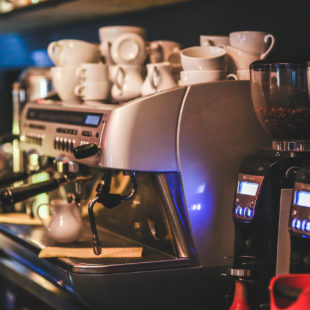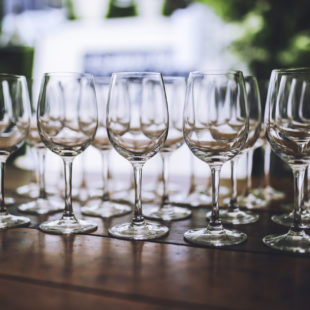Wine tasting (often, in wine circles, simply tasting) is the sensory examination and evaluation of wine. While the practice of wine tasting is as ancient as its production, a more formalized methodology has slowly become established from the 14th century onwards. Modern, professional wine tasters (such as sommeliers or buyers for retailers) use a constantly evolving formal terminology which is used to describe the range of perceived flavors, aromas and general characteristics of a wine. More informal, recreational tasting may use similar terminology, usually involving a much less analytical process for a more general, personal appreciation.
The results of the four recognized stages to wine tasting: appearance, „in glass“ the aroma of the wine, „in mouth“ sensations, „finish“ (aftertaste) – are combined in order to establish the following properties of a wine: complexity and character, potential (suitability for aging or drinking), possible faults.
A wine’s overall quality assessment, based on this examination, follows further careful description and comparison with recognized standards, both with respect to other wines in its price range and according to known factors pertaining to the region or vintage; if it is typical of the region or diverges in style; if it uses certain wine-making techniques, such as barrel fermentation or malolactic fermentation, or any other remarkable or unusual characteristics.
Whereas wines are regularly tasted in isolation, a wine’s quality assessment is more objective when performed alongside several other wines, in what are known as tasting „flights“. Wines may be deliberately selected for their vintage („horizontal“ tasting) or proceed from a single winery („vertical“ tasting), to better compare vineyard and vintages, respectively. Alternatively, in order to promote an unbiased analysis, bottles and even glasses may be disguised in a „blind“ tasting, to rule out any prejudicial awareness of either vintage or winery.



